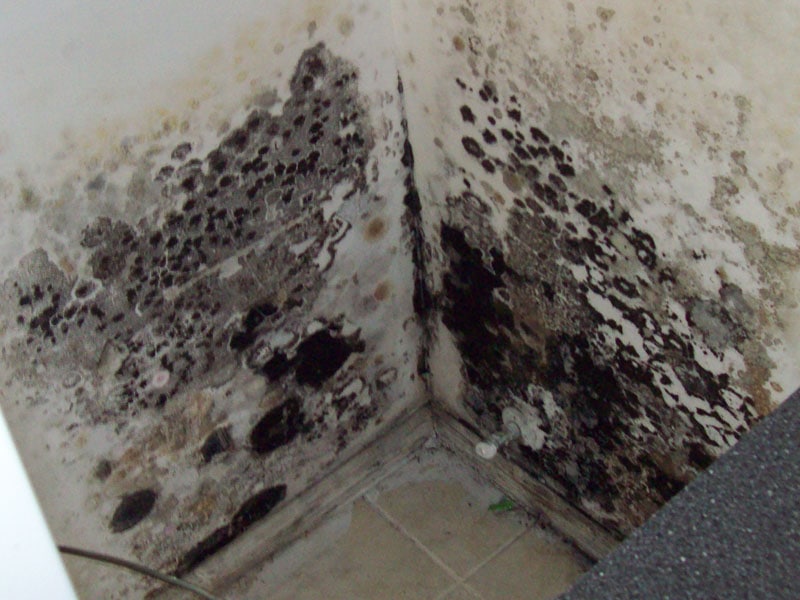Black mold remediation is more than a home improvement task; it’s a health imperative. Stachybotrys chartarum, commonly known as black mold, is notorious for its potential health risks and its ability to swiftly colonize damp areas of our homes. Let’s explore the ins and outs of black mold and how remediation can transform your space into a healthier haven.
Understanding the Black Mold Menace
Black mold is distinctive for its dark greenish-black color. It thrives in environments rich in cellulose but low in nitrogen, making our homes—particularly areas like damp basements or leaky roofs—prime real estate for its growth.
The health concerns associated with black mold arise from the production of mycotoxins. In certain individuals, especially those with compromised immune systems or respiratory conditions, these mycotoxins can cause symptoms such as coughing, skin irritation, and chronic fatigue.
Identifying Black Mold in Your Home
While black mold has a distinct color, not all dark molds are the notorious Stachybotrys chartarum. Therefore, correct identification is key. Signs include:
- Distinctive Appearance: Slimy, dark greenish-black patches.
- Odor: A musty smell often accompanies mold presence.
- Location: It often grows in areas with prolonged moisture exposure, like after a flood or leak.
If unsure about the type of mold, it’s best to consult with professionals before remediation.
Black Mold Remediation: A Step-by-Step Guide
- Safety First: Equip yourself with the right protective gear. This includes wearing a mask, goggles, and gloves. Ensure the space is well-ventilated throughout the cleanup.
- Isolation: Close off the affected area to prevent mold spores from spreading. Use plastic sheets and tape for effective containment.
- Removal of Damaged Materials: Contaminated porous materials, such as carpets or drywall, often need discarding. Seal them in plastic bags before removal to avoid contaminating other areas.
- Cleaning: Clean non-porous surfaces with a suitable mold remover or detergent solution. It’s essential to avoid mixing chemicals, especially bleach and ammonia, as they can produce toxic fumes.
- Drying: Properly dry the cleaned areas using fans or dehumidifiers. Remember, moisture is a mold’s best friend, so thorough drying is crucial.
- Repair: After remediation, repair any issues that might reintroduce moisture, like leaky pipes or damaged roofs.
Keeping Your Home Black Mold-Free
After successful remediation, adopt preventive measures:
- Monitor Humidity: Aim to keep indoor humidity below 50%. Invest in a good-quality dehumidifier if necessary.
- Ventilation: Good airflow prevents moisture buildup. Ensure spaces like bathrooms and kitchens, where moisture is common, are adequately ventilated.
- Routine Checks: Regularly inspect your home, especially after rains or plumbing issues, for any signs of mold or moisture.
- Address Water Issues: Tackle leaks, seepage, or flooding promptly to prevent mold’s return.
Conclusion
Black mold remediation is an essential step toward maintaining a safe and healthy living environment. By understanding the risks and remediation process and adopting preventative measures, you can ensure your home remains a clean sanctuary for you and your loved ones. Remember, a proactive approach is always better than dealing with advanced mold infestations.
